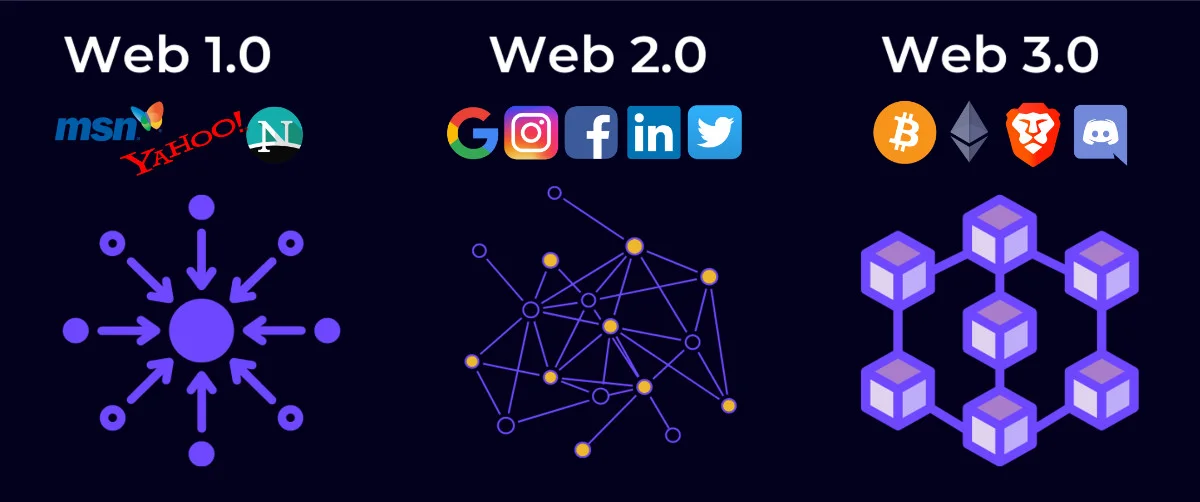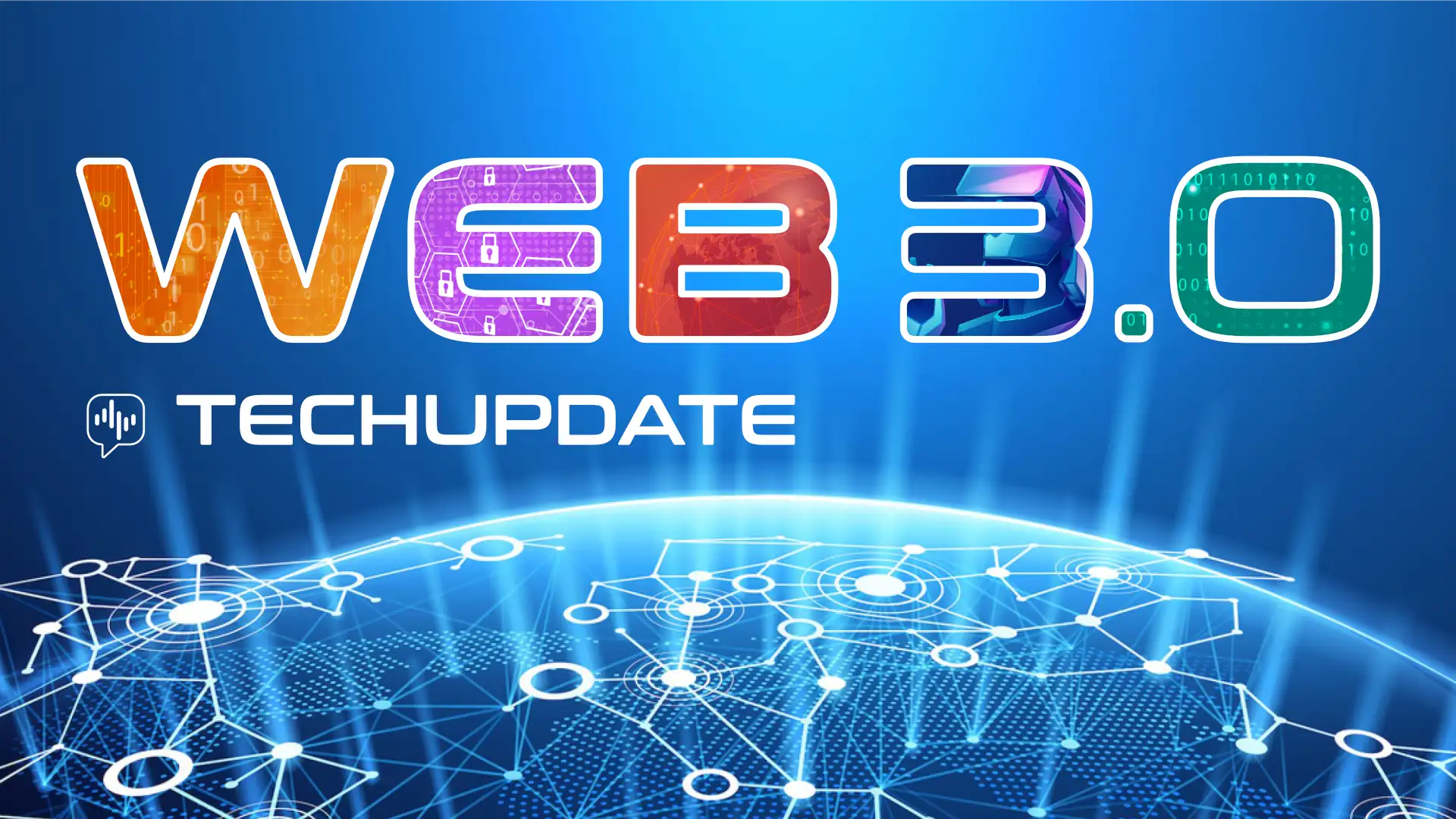Trending topic of 2022, and for the coming years, Web 3.0 will have a massive impact on customer service as the “New Internet” offers both brands and consumers all kinds of new possibilities to create interactions, do business and extract data from each other.
What is Web 3.0?
Web 3.0 is the next phase in the evolution of the Internet, focused on giving individuals greater control over their personal data and online assets. It is also known as the decentralized web, as it aims to decentralize power from large tech giants and intermediaries, enabling users to exchange assets directly with each other with blockchain technology. Web 3.0 offers numerous benefits to both companies and consumers, including greater transparency and control over data, the ability to make agreements about data sharing, and the possibility of new business and service models using solutions such as non-fungible tokens (NFTs) and smart contracts.

Decentralized ownership and personal data control at the heart
Behind Web 3.0 we find the concept of decentralized ownership, in which people regain control over their own data or digital content. The idea is that you want to reduce the power of big tech companies. In addition to data, resources – such as applications – will no longer run on a specific server but will be distributed over the network. The network then solves any performance problems – something that is in line with the rise of cloud-native applications. When you’re in charge of your own content, other Web 3.0 technology like smart contracts allows you to designate other people who co-own your products or share in your revenues. In other words: it is not the company anymore but the individual who can get started with “monetizing” data.
With this new principle of control, we create a better balance, offering new opportunities, also for companies towards consumers. It will also force companies to look at data-driven business models in a different way.
Web 3.0 itself will also raise questions among users such as “Where should you go if you have lost something in a web 3.0 environment, while everything is decentralized and there is therefore no authority that is in control?”
Smart contracts
Web 3.0 offers plenty of room for smart contracts, in which companies and their customers can record customized agreements in software code. Smart contracts are then placed in a blockchain, so that the contract is recorded in an unalterable form and the agreements are automatically executed or complied with. For example, we can set up a duration contract that stops automatically with an exceedance of a data limit. Today it will show on your invoice and maybe your operator will send you a message that your data limit is exceeded. But with Smart contracts, you will be able to automate that a customer is put on a different plan if you have made agreements in advance about the scope of service. Also consider automatically topping up your credit card if the card balance falls below a certain value.
Reduction of simple customer contacts
Another example of a decentralized regulation of ownership of personal data is that as a consumer and individual you have the power to indicate what companies may and may not see or access your data, for how long and for what purpose. This also offers the possibility to notify all “your companies” at once that you have moved. If at a specific moment a company needs your address – for example for a mailing – the company makes a request in your dataset that also contains agreements for the data they can see and access from a central data vault. The result is that customer contact on this subject is never lost anymore but the relationship is managed by you, the customer.
Invisible service
With the advent of Web 3.0, we will increasingly have to deal with services that we as a customer do not really see or notice. In other words: problems are solved even before the customer is aware, whereby the company also looks at what is the most advantageous offer for you. That can be a good way to retain customers on board. We assume that this is controlled underwater by algorithms. Questions will be less and less about simple matters. But the operation of smart contracts will raise new questions: “Perhaps some people want to know how a certain outcome or result came about.” In any case, smart contracts have the potential to contribute to a better customer experience, to reduce work for both front and back office and create a higher customer loyalty.
Future web 3.0 and CX
What the impact of web 3.0 on customer service will be, is still difficult to predict. In any case, we are looking at future possibilities with our current glasses, which is already a limitation. Many questions remain as there are also potential challenges and risks associated with Web 3.0, including the need for greater cybersecurity measures to protect against hacks and data breaches, and the potential for the technology to be used for malicious purposes. Moreover, the transitions from web 1.0 to web 2.0 and now web 3.0 are gradual. Take the health insurers or banks for instance: classic organizations now exist alongside their “digital native variants.” But all stakeholders are more aware, or at least informed, of changes, trends and innovation and no one wants to miss the train. Nevertheless, the most important thing is that web 3.0 is primarily about (supporting) tooling. This new threshold opens a huge field of opportunities and challenges with different shapes: Some of these applications already play a growing role in the Metaverse or use NFT, promising a new form of customer experience.
Wrap up from an interview of Sander Hesselink form Telecats by Erik Brower from Ziptone
For full interview, see articles (in Dutch)
– Tech Update: Web 3.0 komt eraan
– Web 3.0 Customer Service
To go further
– What is Web 3
